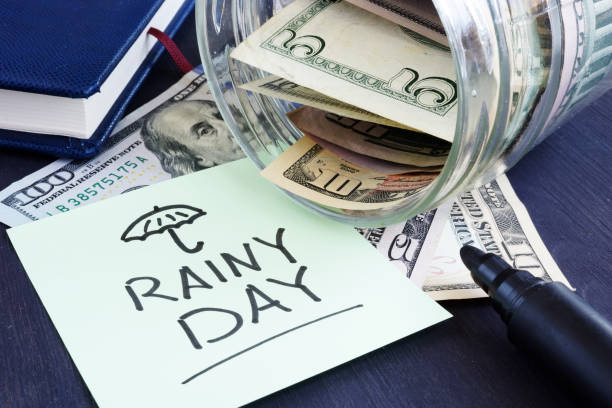It’s Not Too Late, But It Is Time to Get Focused
If you’re in your 40s or 50s and feel like your retirement savings aren’t where they should be, you’re not alone. Life has a way of reshuffling priorities — from raising kids and buying a home to building a career or paying off debt. The good news? There’s still plenty of time to make meaningful progress. With focus, discipline, and a few strategic moves, you can significantly boost your retirement nest egg before you stop working.
Here’s how to catch up on retirement savings — no matter when you start.
Get Real About Your Numbers
Before you can fix the gap, you need to understand it.
- Start with your current savings. Add up your 401(k)s, IRAs, pensions, and any other accounts.
- Estimate your future needs. A common rule of thumb: aim to replace 70–80% of your pre-retirement income each year.
- Use retirement calculators to project growth based on your current contributions and investment strategy.
This process helps reveal the size of your “retirement gap” — and it’s often smaller (and more fixable) than it looks once you commit to a plan.
Maximize Tax-Advantaged Accounts
In your 40s and 50s, every dollar you save needs to work as efficiently as possible. Start by making the most of tax-advantaged accounts like your employer-sponsored 401(k) or 403(b), and individual retirement accounts (IRAs).
- For 2025, the 401(k) contribution limit is $23,000, plus an additional $7,500 catch-up contribution if you’re age 50 or older.
- For IRAs, you can contribute up to $7,000, with an extra $1,000 catch-up contribution once you hit 50.
If you’re unsure which type of account is best for you, our post on Roth IRAs explained walks through how Roths work and when converting might make sense.
These catch-up provisions exist specifically to help mid-career savers close the gap — and they add up quickly. Contributing the maximum in both accounts could mean an extra $8,500 per year working toward your future.
Revisit Your Investment Strategy
The strategy that worked in your 20s might not fit your 50s. You’re closer to retirement, but you still need growth.
Consider:
- Diversifying across stocks, bonds, and alternative assets to balance growth and stability.
- Avoiding excessive conservatism. Shifting entirely to low-yield bonds too early can limit long-term growth.
- Rebalancing regularly. Markets change — your portfolio should evolve with your goals and risk tolerance.
If you’re unsure about allocation, a fiduciary financial advisor can help design a plan tailored to your timeline and comfort level.
Eliminate High-Interest Debt
It’s hard to build wealth when you’re paying double-digit interest on credit cards or personal loans.
Focus on paying off high-interest debt first — it’s like earning an instant, guaranteed return equal to the interest rate you’re paying.
Once debt is under control, redirect those monthly payments toward retirement contributions.
Think of it this way: every dollar freed from interest payments becomes a dollar that can compound for your future. To see just how powerful compounding can be over time, check out our guide on The Power of Compounding.
Leverage “Found Money”
Raises, bonuses, or side income can make a big impact when redirected toward savings.
Try committing at least half of every raise or windfall to your retirement plan. Because this money wasn’t part of your regular budget, you won’t feel the pinch — and it accelerates your progress.
Don’t Overlook Health Costs
One of the biggest retirement expenses is healthcare.
If you have access to a Health Savings Account (HSA), it can act as a stealth retirement vehicle.
- Contributions are tax-deductible.
- Growth is tax-free.
- Withdrawals for medical expenses are also tax-free.
After age 65, you can even use HSA funds for non-medical expenses (you’ll just pay income tax, similar to a traditional IRA).
Delay Retirement (If It Makes Sense)
Working a few extra years can make a huge difference.
It allows more time for contributions, continued growth, and fewer years of withdrawals.
Plus, delaying Social Security benefits past your full retirement age increases your monthly benefit by 8% per year up to age 70.
That’s essentially a guaranteed return, which is rare in today’s market.
Reassess and Automate
Finally, make your plan automatic.
Set up recurring contributions to your retirement accounts and schedule regular reviews — ideally once a year.
Automatic contributions remove willpower from the equation, while annual check-ins ensure your plan stays aligned with your life and goals.
Final Thoughts
Catching up on retirement savings in your 40s or 50s isn’t about panic — it’s about focus.
By maximizing catch-up contributions, prioritizing growth, and eliminating waste (like debt or idle cash), you can build real momentum.
The key is consistency. Even if you start today, the combination of disciplined saving, smart investing, and time in the market can get you closer to the secure, confident retirement you’ve always envisioned.
It’s not too late, but it is the right time to take action.





